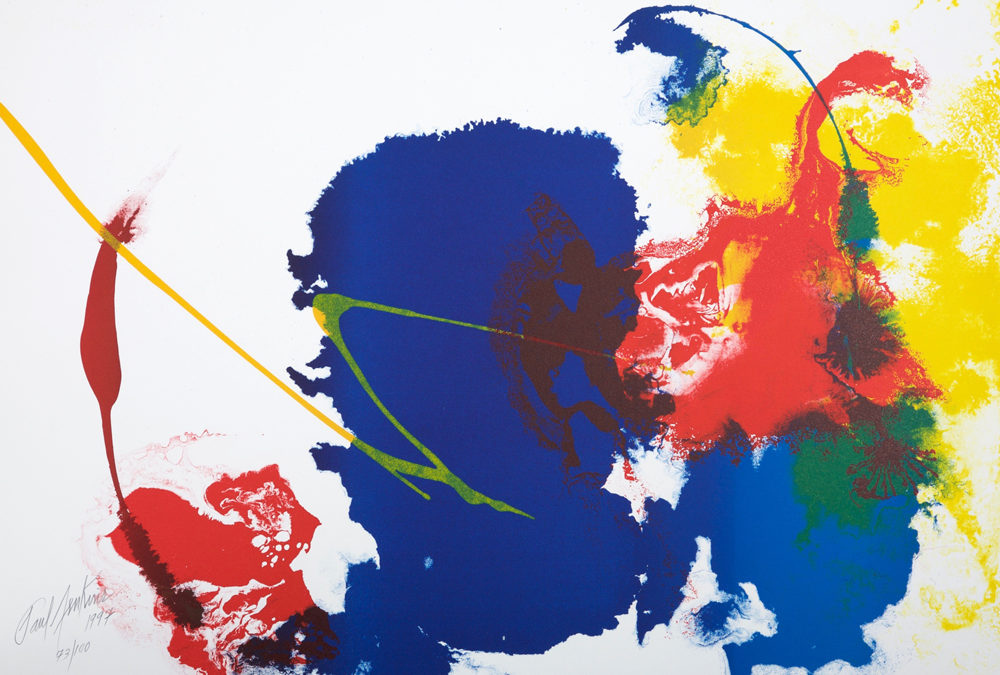Galerie d'art Arenthon in Paris is delighted to present its exhibition of Paul Jenkins' lithographs, watercolors and acrylics. The exhibition includes plates from the album Five Invocations, published by Editions Fall in 1997, as well as a series of five lithographs published by Bouquinerie de l'Institut in 1998, perfect examples of the mystical abstraction that marks Paul Jenkins' work.
The exhibition also highlights the painting Phenomena North West Prime , a signed acrylic of 130 by 97 cm, which faces Phenomena Valley Down , an original watercolour dating from 1963.
Choice of exhibited works :
-

Detours
Paul Jenkins
RESERVED
-
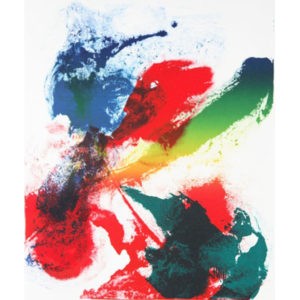
Shaman Anvil
Paul Jenkins
800€
-

Entrance to Shaman Labyrinth
Paul Jenkins
SOLD
-
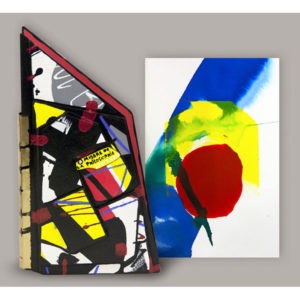
The misery of philosophy
Paul Jenkins
3 000€
-
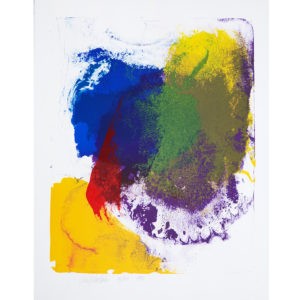
Shaman Sight Unseen
Paul Jenkins
800€
-
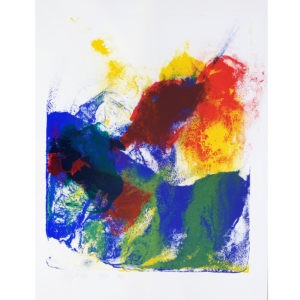
Shaman to the Prism Seen
Paul Jenkins
800€
-

Whisper of Shaman
Paul Jenkins
RESERVED
-

Five Invocations
Paul Jenkins
SOLD
-

Phenomena Valley Down
Paul Jenkins
SOLD
-

Paul Jenkins 1
Paul Jenkins
900€
-

Paul Jenkins 2
Paul Jenkins
900€
-

Paul Jenkins 3
Paul Jenkins
1 800€
Biography: Paul Jenkins (1923 - 2012)
Paul Jenkins was born on July 12, 1923 in Kansas City, Missouri, USA.
In his youth, he studied art at the Kansas City Art Institute. He also worked with the ceramist James Weldon, who would have a great influence on his approach to colour in painting. He then enrolled at the Cleveland Play House, a drama school, where he worked mainly on sets.
After World War II, Paul Jenkins moved to Pittsburg, Kansas, where he was part of a group of artists and writers supported by patron Gladys Schmidt. These artists exhibited at the Outline Gallery, directed by Elizabeth Rockwell, a meeting point for avant-garde artists. In 1948, he left for New York and joined the Art Students League, where he became interested in the theories of the Russian mystic George Gurdjieff, particularly his theses on spiritual transcendence and the definition of objective art.
In 1953, he moved to Paris where he met artists such as Jean Dubuffet, Georges Mathieu, Pierre Soulages, Sam Francis and Claire Falkenstein. In 1955, he had his first solo exhibition at the Zoe Dusanne gallery in Seattle and participated in the exhibition Artistes étrangers en France at the Petit Palais in Paris. The Stadler Gallery in Paris hosted his works the following year and the Martha Jackson Gallery in New York devoted a solo exhibition to him.
His artistic influences are plural and make him an artist that is difficult to classify: he is close to Jackson Pollock or Mark Rothko, but is more voluntarily inspired by Henri Matisse or Vassily Kandinsky. Moreover, his approach to painting is linked to a certain mysticism: among his influences are the teachings of Zen Buddhism as well as the I Ching, a Chinese treatise whose title can be translated as "Book of Transformations".
Through different techniques, Jenkins explored the method without a brush: for example, by pouring colours into the hollow of a leaf and swinging it - sometimes guiding it with a knife - causing the pigments to set according to a choreography imposed by Jenkins. The canvas thus becomes a space for redefining colour, light and space. Indeed, for Jenkins, the painting material becomes a subject in itself: "Colour is a sensation and not an outward manifestation of nature".[1]. The work is not intended to represent something, but is a phenomenon, as the titles of his works show.
At the end of the 1980s, Jenkins received numerous international public commissions. During this period, he produced a large body of lithographs and published an album in 1998 with the Bouquinerie de l'Institut, focusing on shamanism and the expression of the unspeakable experience through colour.
He dies in New York City on June 9, 2012.
[1] Quoted in BOSQUET, Alain, Paul Jenkins, H. Veyrier, 1982

